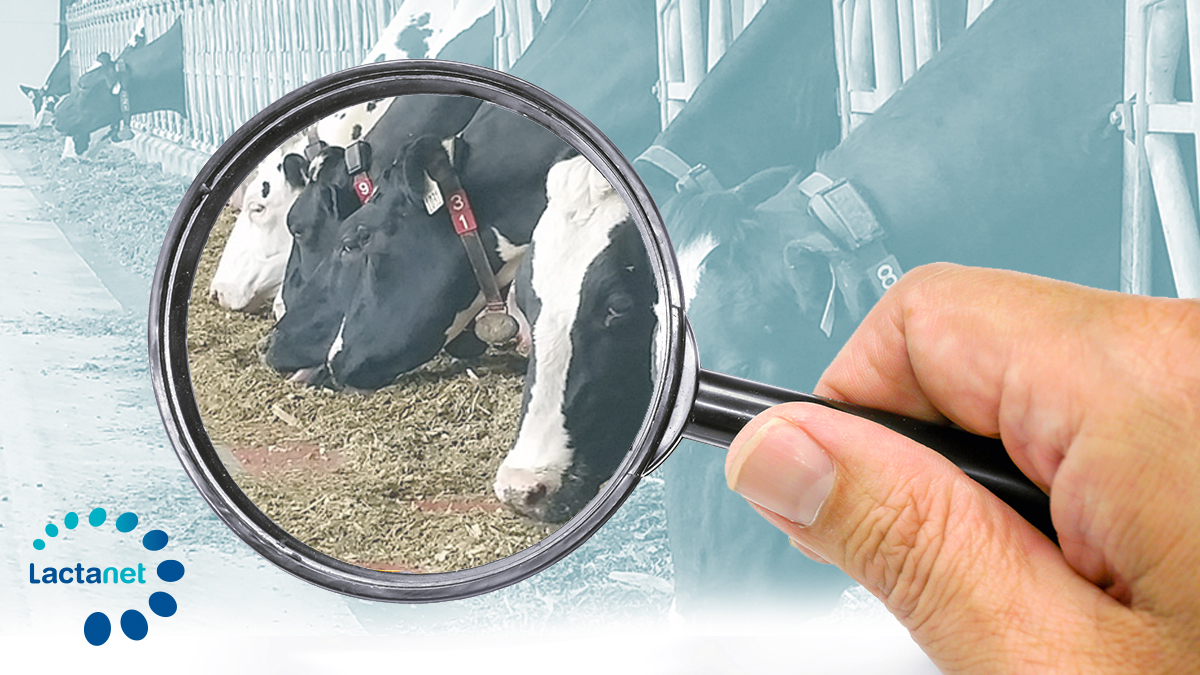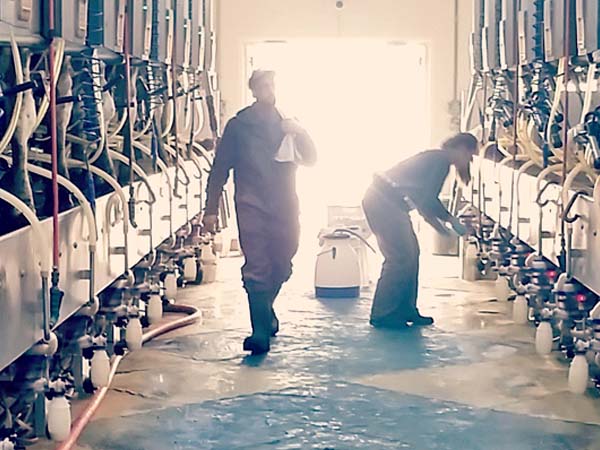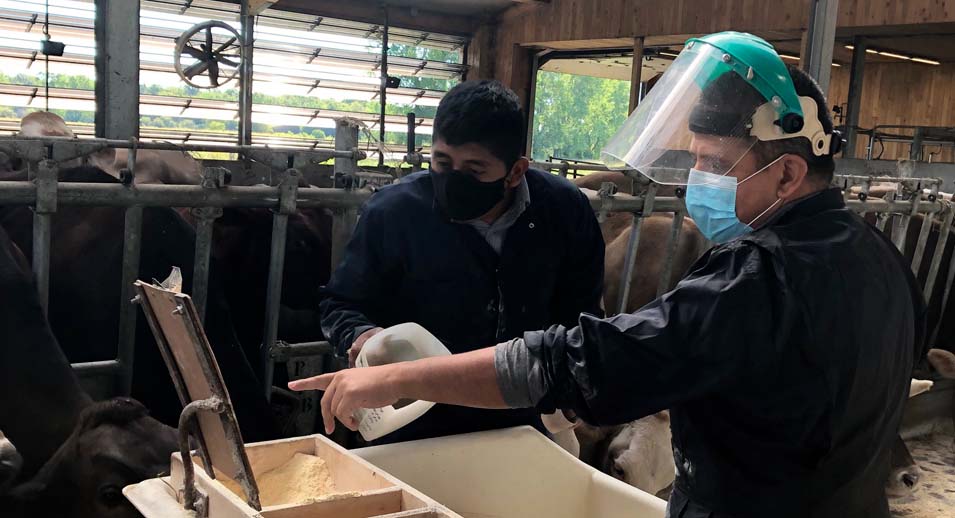Planning: a key factor in dairy production!
- February 2, 2023
The start of a new year is the perfect time to reflect on the past 12 months and plan what you want to achieve in the coming year. Where should you focus your efforts? Here are some suggestions to consider.

1. Know your costs
The feed margin is easy to calculate and is a good indicator of herd profitability.
The situation on a dairy farm changes daily, so doing this simple calculation on regular intervals throughout the year will help you avoid costly slip-ups.
2. Plan your production
The herd needs to fill quota while staying within the applicable tolerances.
The best way to manage that is to project future production on the basis of your current herd inventory.
Working with livestock requires some guesswork, but it’s less nerve-wracking to prepare a production plan for during the year to account for the surprises that occur than it is to live with the stress of wondering what the repercussions will be on your annual results.
3. No compromises on forage quality
Forages are the foundation of milk production. The best way to reduce your concentrate costs is to improve the quality of your forages. It will give you the latitude you need to maximize production with a concentrate content under 50%. Moreover, you’ll be able to reduce your use of more costly additives, such as protected fats.
Your cows will tell you how good your forage is.
- Maturity at harvest is important: aim for 30 to 32% ADF.
- It’s important to minimize leaf loss during harvest and use the ideal length of cut for silages.
- Silage fermentation must ensure good conservation, minimize dry matter loss, and maintain palatability.
4. Lessen the impact of the increasing concentrate prices
With no control over the grain market, what can you do to limit the impact of rising prices?
- Check the texture of your grain. The grain in the manure isn’t making milk!
- Look at your feed grouping. Could more cows be fed a Group 2 ration?
- Consider using feed additives such as urea and Monensin to save on protein and energy sources.
- Make an inventory of your forages and use the best for your milking cows and the rest for the heifers.
- Track your feed costs monthly and discuss your feeding strategy with your advisor.
5. Minimize heat stress in dry cows
In milking cows, heat stress is monitored daily through milk production. Dry and close-up cows, however, are often forgotten. Yet, as this article points out, there are significant repercussions of heat stress on these cows:
- Decrease in production in the following lactation
- Decrease in first lactation production for the daughter (-1,525 kg)
- Lower birth weight for the calf, shorter pregnancy, slower weight gain in heifers, higher pre-calving mortality rate, etc.
6. You only have one chance to get off to a good start
Heifers with good average daily gain prior to weaning produce significantly more milk in their first lactation… to the tune of about 225 L more milk for every 100 g/day improvement in daily gain. Here are two key points to remember:
- Feed 4 L of good quality colostrum within one hour of birth.
- Increase the quantities of milk fed – aim for 8 L for days 4 to 7, and 10 L/day thereafter for large breeds.
7. Improve drought resistance in your forage system
With hay a scarce commodity again, here are a few solutions you could put in place to make your forage system more resilient:
- Opt for more drought-tolerant seed species
- Seed a forage mixture that includes 3 to 5 complementary species
- Diversify your forage crops
- Promote root development
- Check/Improve surface drainage
- Ensure adequate fertilisation: consult your AEFP
- Apply lime to maintain a pH of 6.5
- Use the appropriate seeding rate
8. Calculate your forage yield
Forage yield has a major impact on the cost of forage production. But not all producers have done that calculation and so are unable to measure and compare their operation against others. For 2023, why not take the time to assess your farm’s performance in that respect?
Don’t hesitate to ask your advisors for help! The first step will be to calculate your forage production costs – an element that has a huge impact on dairy farm profitability.
9. Use Compass!
Consulting your herd inventory through our Compass tool allows you to assess your herd according to all the traits evaluated in Canada. It’s the perfect tool to confirm or readjust your genetic strategies and sire selection.
Your herd’s fat production needs improvement? You’re looking for a way to simplify sire selection and use sexed semen and beef semen? Compass will help you make the best genetic decisions for your herd.
10. Lastly, and most importantly: take care of yourself
Physical and/or mental fatigue, stress and isolation are detrimental to humans, and to farm performance. As the owner of a dairy operation, it’s important to set priorities: you need to be in good shape, focused and motivated to succeed.
Give yourself time to recuperate. Remember to set some time aside to “disconnect” from the farm, so as to view it through fresh eyes when you return.
While time may be flexible, there is only so much you can accomplish in a day. If the ideas suggested here require adding new tasks to your to-do list, make sure you recoup the time by releasing yourself from other duties. That could simply mean abandoning or changing the way you do a task, or delegating responsibilities to other people, whether on- or off-farm (contract work, contract bookkeeping, putting a stop to heifer rearing, etc.)
Remember, planning is key!











